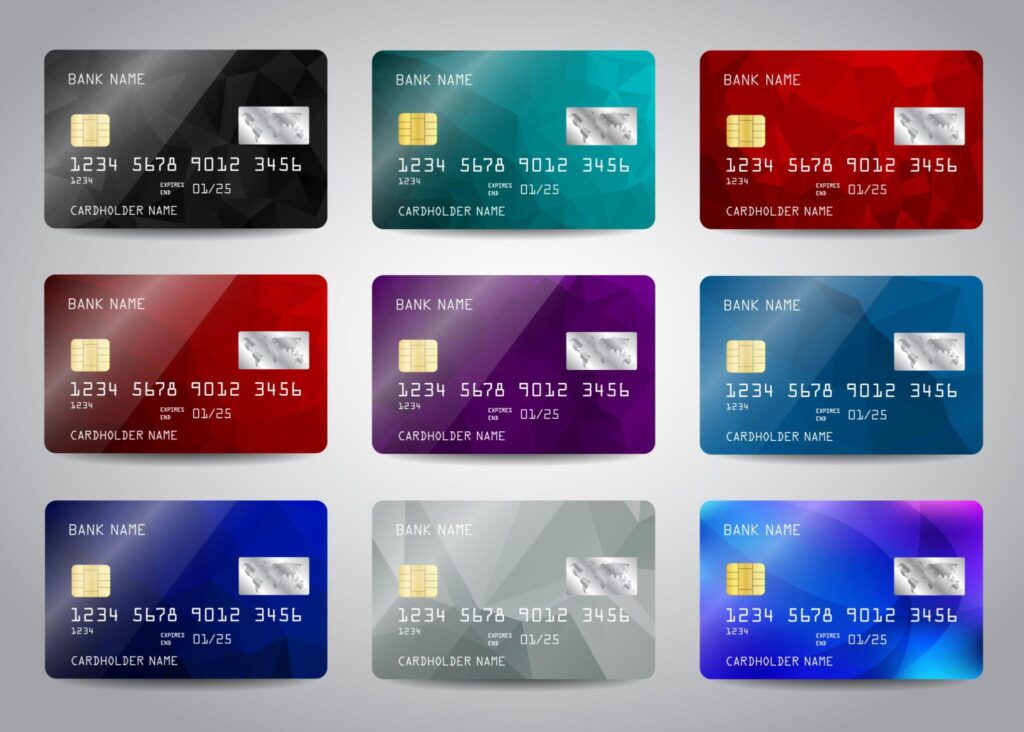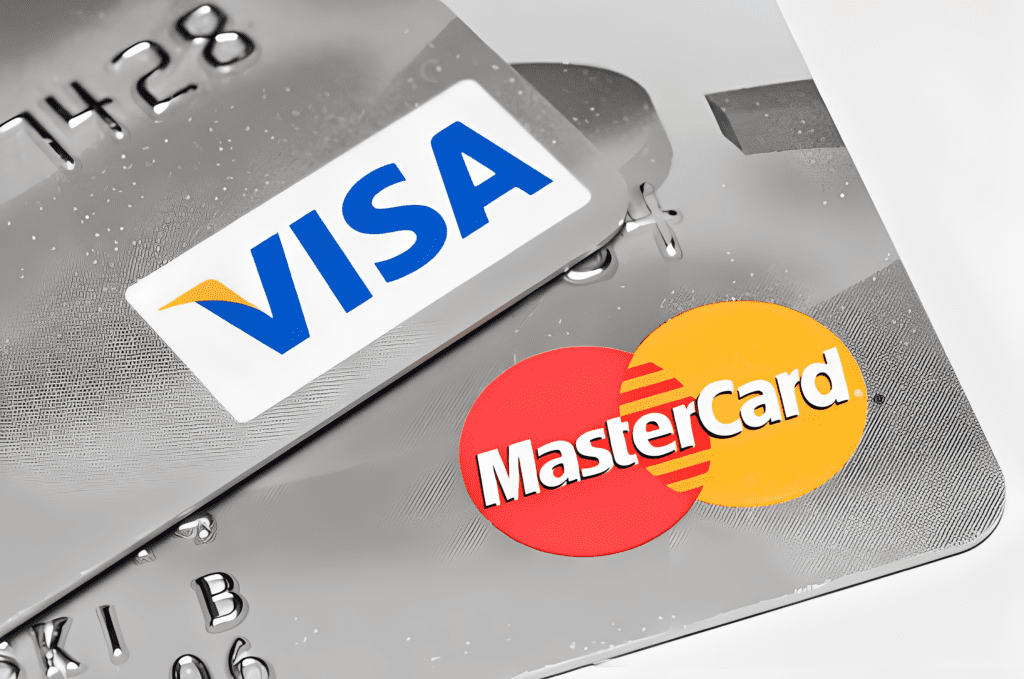An In-Depth Look at How Issuers Calculate Costly Finance Charges
Swiping a credit card feels easy, but complex calculations determine how credit card interest works behind the scenes. Understanding interest calculations allows you to make smart choices to avoid compounding fees taking over your finances. We’ll explore how credit card interest works and provide tips to master cards, not be mastered by them.
Grasping the intricate systems behind how credit card interest works gives you power over your finances. You can then make informed decisions to bypass being burdened by compounding charges. We’ll dive into how credit card interest works and offer actionable strategies to skillfully utilize cards instead of falling victim to them.
What Exactly is Credit Card Interest?
In simple terms, credit card interest refers to fees card companies charge to borrow money for purchases. These costs are shown as an APR applied to carried balances. Understanding how credit card interest works requires grasping this basic concept.
Most cards have variable rates tied to the prime rate, fluctuating with economic conditions and Fed decisions. As of February 2024, average APRs neared all-time highs at around 23% – illustrating how credit card interest works based on external factors.
Issuers utilize daily compound interest to calculate fees, which can rapidly spiral balances out of control. This elaborate system of how credit card interest works makes credit card debt hard to overcome once substantial balances accumulate month-over-month.
Demystifying Complex Interest Calculations
Credit card issuers utilize an intricate method called Average Daily Balance to levy finance charges on revolving balances. The steps in this compound interest recipe reveal why rates can quickly spiral:
Step 1: Establish the Daily Periodic Rate
Your APR gets divided by 365 days to determine the Daily Periodic Rate (DPR). For an APR of 25%, your DPR would be 0.068% (25% / 365 = 0.068%).
Step 2: Calculate the Average Daily Balance
Each day, the DPR gets applied to the prior day’s balance. This daily interest fee gets tacked on to the previous day’s balance to become the balance for the current day. At the billing period close, the issuer sums up all the daily balances and divides them by the number of billing days to reach the average daily balance.
Step 3 (The Killer): Levy Interest Charges
The card company multiplies the average daily balance by the number of billing days and the DPR to yield total interest fees for that cycle.
For example:
- Average Daily Balance: $7,500
- Billing Days: 31
- DPR: 0.068%
$7,500 x 0.068% x 31 days = $156.25 in total interest
As illustrated, interest fees add up quickly through this compounding effect, making it tough to get ahead of growing balances.

Tapping into Grace Periods to Avoid Interest
The good news? Paying statement balances in full each month activates credit card grace periods allowing you to bypass interest charges completely.
How Do Grace Periods Work?
Most cards have a 20-25-day grace period between statement closing and your due date. Paying your balance in full within this window allows you to avoid interest on new purchases that month – a key aspect of how credit card interest works.
However, carrying a balance monthly loses this grace period. All purchases immediately start accruing interest until reaching a $0 balance again – illustrating how credit card interest works differently when balances revolve across months.
Paying statements in full each month on time is vital to avoid losing your grace period protections from interest fees – critical to grasp the framework of how credit card interest works. Set payment reminders to avoid missed dues leading to immediate interest accrual.
Exceptions: Cash Advances & Balance Transfers
While grace periods apply to purchases, cash advances, and balance transfers don’t qualify. You’ll pay interest promptly on cash withdrawn from your credit line, including ATM withdrawals. Cash advances also incur fees of around 5% of the amount taken out.
Intro 0% APR balance transfer promotions allow you to shift debt from another card without paying interest for 6-18 months. But any remaining balance after the intro period moves to your standard purchase APR.
Credit Scores Steer Interest Rates & Approvals
Your credit score holds a major influence in deciding the APR and credit limits extended by card issuers. When you apply, companies provide an APR range. Where your specific rate lands depends partly on your score.
- Excellent Credit (720+) = Lower End of Range
- Good Credit (690-719) = Middle of Range
- Fair/Poor Credit (<689) = Higher End of Range
Boosting your credit score by paying all bills on time and keeping credit card balances low can qualify you for better interest rates. Reaching over 700 should open access to relatively low APR offers.
Actionable Strategies to Minimize Interest Costs
Here are key tips to stay ahead of mounting interest fees:
- Pay statement balances in full – Activate grace periods
- Pay more than the minimum due – The higher the payment, the less interest
- Use low-APR cards for revolving debt – Transferring balances to lower rates saves substantially over time
- Limit cash advances – They start accumulating interest promptly
- Improve credit scores – Higher scores mean better rate offers
While paying interest sometimes cannot be avoided, following these guidelines keeps charges contained as much as possible. Monitor interest costs monthly to maintain awareness of how much you are paying in revolving fees.
Parting Advice: Master Credit Card Interest
We’ve peeled back the layers of the intricate world of credit card interest rates. Compounding fees and high APRs can rapidly elevate balances, especially in grasping how credit card interest works on revolving debt.
Make paying statement balances fully each month a habit to avoid how credit card interest works on carried balances. When maintaining debt month-to-month, minimize costs via low-rate balance transfers and limiting purchases.
Tracking interest fees and balances closely connects to comprehending rates. Avoid statement surprises through hands-on account monitoring aligned with understanding how credit card interest works.
As you’ve seen through this deep dive into how credit card interest works, knowledge of calculations and cost reduction tips allows you to adeptly manage debt. Cards can offer easy access to funds but complex interest catches many off guard.
How is credit card interest calculated?
Credit card companies use a method called average daily balance and daily periodic rates based on your APR to calculate interest. They apply your DPR to the balance each day, add in new charges, and sum it all up at the end of the billing cycle. This compounding effect leads balances to grow rapidly.
What is a grace period and how does it help avoid interest?
A grace period lets you pay your statement balance in full and owe no interest on purchases that billing cycle. It’s usually 20-25 days between statement closing and your due date. But you lose the grace period when carrying debt month-to-month and interest accrues from the day you swipe your card.
Why do cash advances incur interest and fees immediately?
Unlike purchases which get a grace period, cash advances like ATM withdrawals start accumulating high interest rates and fees of around 5% instantly with no lag time. So it’s best to avoid them unless absolutely needed.
How can I get lower interest rates on credit cards?
The best way is to have excellent credit since your score influences the APR you qualify for. Pay all bills on time, maintain low credit utilization under 30%, and get your score above 700 to access better rate offers from top issuers.
What are some ways to minimize interest costs?
Tips include paying statement balances in full, paying more than the minimum due, doing balance transfers to low-rate cards, limiting cash advances that lack grace periods, and monitoring statements closely each month to stay aware of accruing fees.

